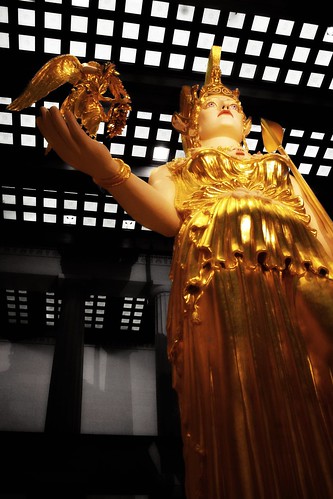
When adding wall decor, such as wall candle sconces, to the rooms of our homes, the options are limitless. However, when we think of wall art, modern art pieces or reproductions of classic masterpieces probably pop into our minds. There is certainly nothing wrong with hanging up such traditional wall art pieces in our living rooms, dining rooms, hallways, and stairwells. Nevertheless, several other types of options are available. As the saying goes, variety is the spice of life. We have several other options besides traditional paintings, when making wall decor selections. Here are some popular options:
Architectural Pieces Grille: In the world of architecture, this includes an arrangement of bars creating an enclosure or openwork fence. A grille usually functions as a decor constructed of medal. typically, a grille consists of either bronze or wrought iron. Throughout history, the grille has been a popular form of decor. Since the Medieval period, people have primarily used grilles as a decoration for shrines, churches, chapels, and tombs.
Tracery: These components in architecture include bars or ribs that decorate windows, and particularly in the decorative openwork of Gothic windows. The earliest traceries included two or three thin, curved windows that were located close together. They sat underneath a huge arch. As time progressed, traceries became more intricate. Within time, complex traceries became one of the most vital components of Gothic architecture.
Pediment: This is another popular type of architectural piece that you can use as wall art pieces. In the world of classical architecture, this is a triangular gable at the top of a facade (front wall) or portico (area in the front of a building, with pillars that support the roof). This piece was a significant part of the front of ancient Greek temples. The pediment's wall surface, shaped in a triangular pattern, was frequently adorned with a sculpture.
Meanwhile, the Romans used the pediment strictly as an ornamental piece of windows, doors, and niches. At times, their pediments included a sequence of pediments that were curved and triangular. The Italian High Renaissance era once again popularized this style.
Candle Sconces: Candle sconces are constructed of wood, ceramic, or metal. They include at least one branching candleholder that is connected to a backplate that reflects. According to archeologists, sconces existed in England prior to the 1400s. The basic sconce was a half-circle of metal, which supported a candle opening. This piece was attached to a flat, basic plate.
During the 1600s' latter half, new types of sconces emerged. The backplate of the sconce became available in a cornucopia of shapes, and became more ornate. New types of sconces included:
o group of four sconces of silver
o pairs of four sconces on both sides of a chimney breast
o groups of ten sconces
o mirrors that replaced backplates of metal
o a mirror behind a half candelabrum, to give the appearance of a full candelabrum
o designs with an odd mask or a forearm of a human
o designs of paper mache, or of painted or carved wood
Today, candle sconces can still adorn and light various regions in any room of your home.
Krasen Tomav is a 26 year old interested in internet marketing and everything about online business. He is also an expert on art wall decoration. Find out more information about wall candle sconces.